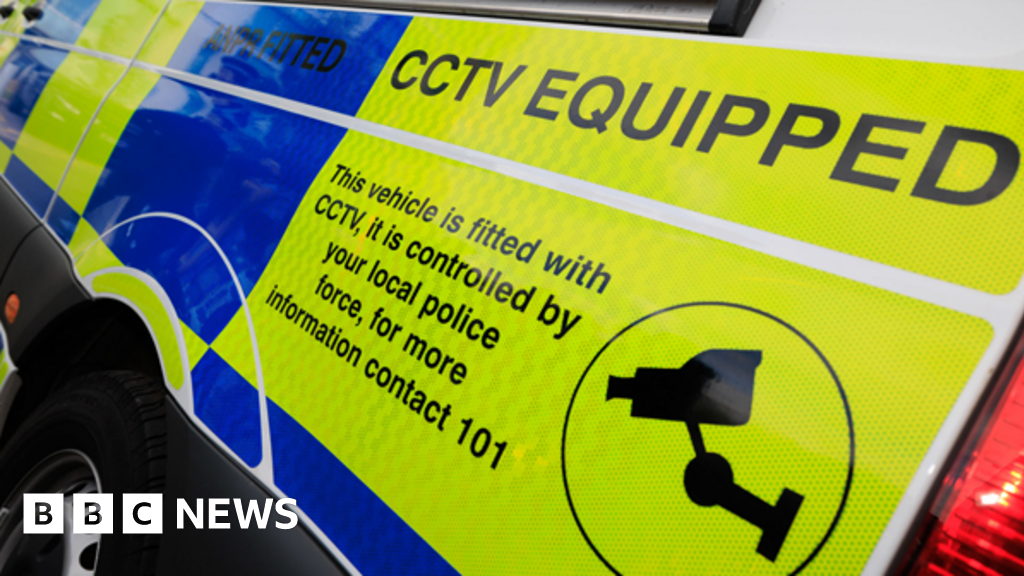Kevin FitzpatrickNorth West and
Dan WareingNorth West
 Greater Manchester Police
Greater Manchester PolicePolice are using live facial recognition for the first time in Greater Manchester as part of efforts to crack down on criminal behaviour.
Greater Manchester Police (GMP) has received two Live Facial Recognition (LFR) technology vans from the Home Office, which are currently being deployed in Sale town centre as officers tackle a surge in shoplifting.
The force has created a watchlist detailing persons of interests – with any potential match generating an alert.
As well as identifying criminals, GMP said the technology will help “safeguard vulnerable people, and protect people from harm”, by freeing up officers to patrol their communities and respond to any emergencies.
What is facial recognition?
Facial recognition is a form of technology whereby a computer scans a person’s face in order to identify them.
It works by measuring key features, such as the width of a nose, the distance between the eyes, and the shape of a person’s cheek bones.
Those features are then compared with the faces of persons of interest stored on police databases.
The technology is used to catch wanted criminals and identify missing people.
Where else has it been used?
Aside from GMP, other forces currently using Live Facial Recognition include West Yorkshire, Bedfordshire, Surrey, Sussex, Thames Valley and Hampshire.
The technology was first used in England and Wales in 2017 during the UEFA Champions League final football match in Cardiff.
Since then its use has largely been confined to South Wales, London and Essex including at a Beyoncé concert to scan for paedophiles and terrorists.

Will my face be scanned?
In short, yes – if you are present while police are targeting a specific area, your face will be scanned by the LFR cameras.
However, before cameras start rolling, GMP creates a watchlist of people they wish to identify. The technology will subsequently sift through the images taken searching for any persons of interest.
If LFR finds a potential match, an alert is generated and an officer will compare the image to the watchlist before deciding if they wish to speak to the person in the picture.
What do they do with the data?
GMP says people whose images are not included on their watchlist cannot be identified.
Those images which do not generate an alert are automatically and immediately deleted.
“We will delete the images with alerts immediately after using them or within 24 hours,” the force said.
CCTV footage recorded by the LFR technology is kept for 31 days in line with the Criminal Procedure and Investigations Act 1996, and guidance around the management of police information, GMP have said.




